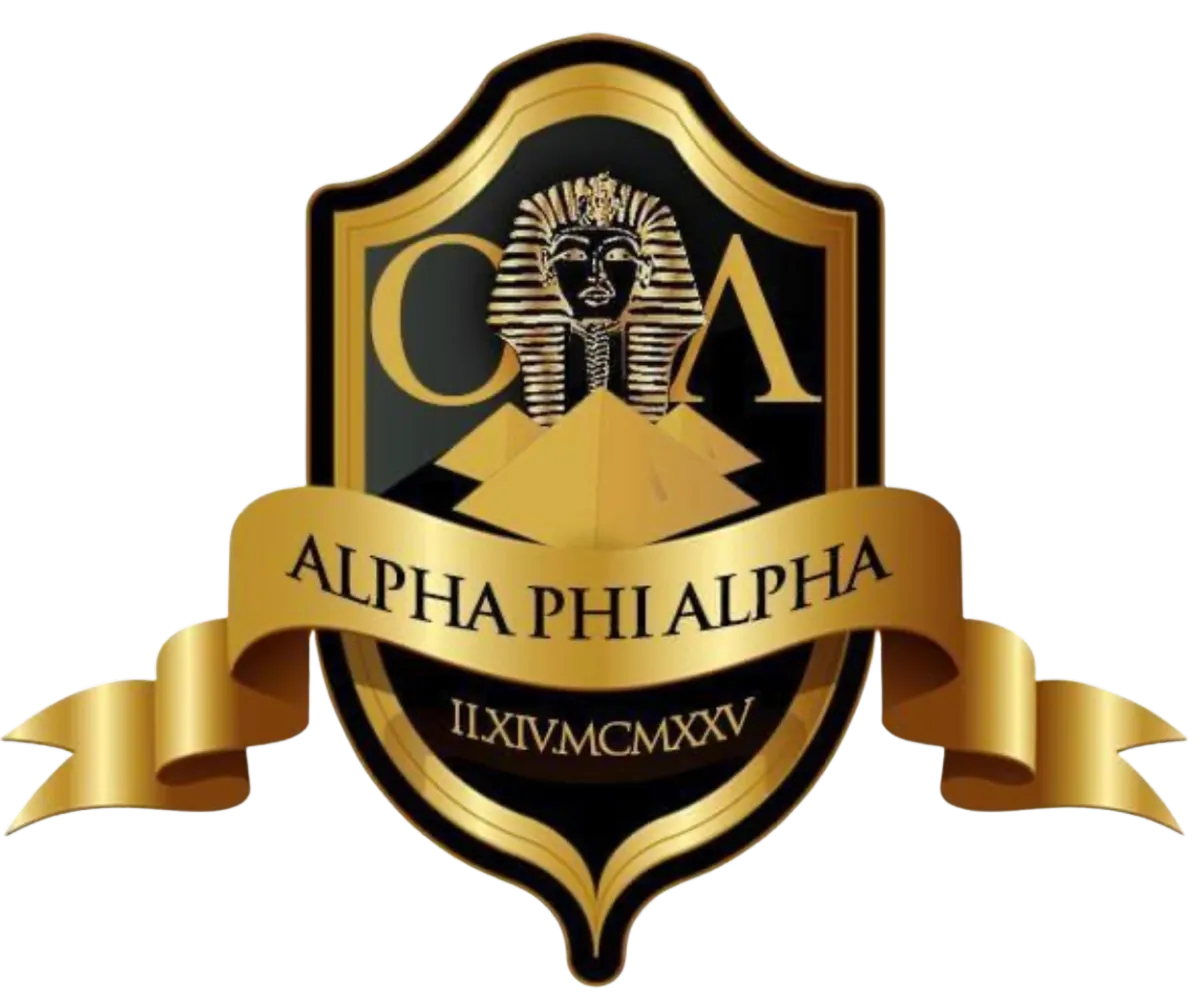Our Fraternity
Our Fraternity
Alpha Phi Alpha Fraternity, INC.
Since its founding on December 4, 1906, Alpha Phi Alpha Fraternity, Inc. has supplied voice and vision to the struggle of African-Americans and people of color around the world. Alpha Phi Alpha, the first intercollegiate Greek-letter fraternity established for African-Americans, was founded at Cornell University in Ithaca, New York by seven college men who recognized the need for a strong bond of Brotherhood among African descendants in this country. The visionary founders, known as the “Jewels” of the Fraternity, are Henry Arthur Callis, Charles Henry Chapman, Eugene Kinckle Jones, George Biddle Kelley, Nathaniel Allison Murray, Robert Harold Ogle, and Vertner Woodson Tandy.
The Fraternity initially served as a study and support group for minority students who faced racial prejudice, both educationally and socially, at Cornell. The Jewel founders and early leaders of the Fraternity succeeded in laying a firm foundation for Alpha Phi Alpha’s principles of scholarship, fellowship, good character, and the uplifting of humanity._Alpha Phi Alpha chapters were developed at other colleges and universities, many of them historically black institutions, soon after the founding at Cornell. While continuing to stress academic excellence among its members, Alpha also recognized the need to help correct the educational, economic, political, and social injustices faced by African-Americans.
Founding Jewels

HENRY ARTHUR CALLIS
1887-1974
Callis became a practicing physician, Howard University Professor of Medicine and prolific contributor to medical journals.
Often regarded as the “philosopher of the founders” and a moving force in the Fraternity’s development, he was the only one of the “Cornell Seven” to become general president. Prior to moving to Washington, D.C., he was a medical consultant to the Veterans Hospital in Tuskegee, Alabama.
Upon his death in 1974, at age 87, the fraternity entered a time without any living Jewels. His papers were donated to Howard’s Moorland-Spingarn Research Center.
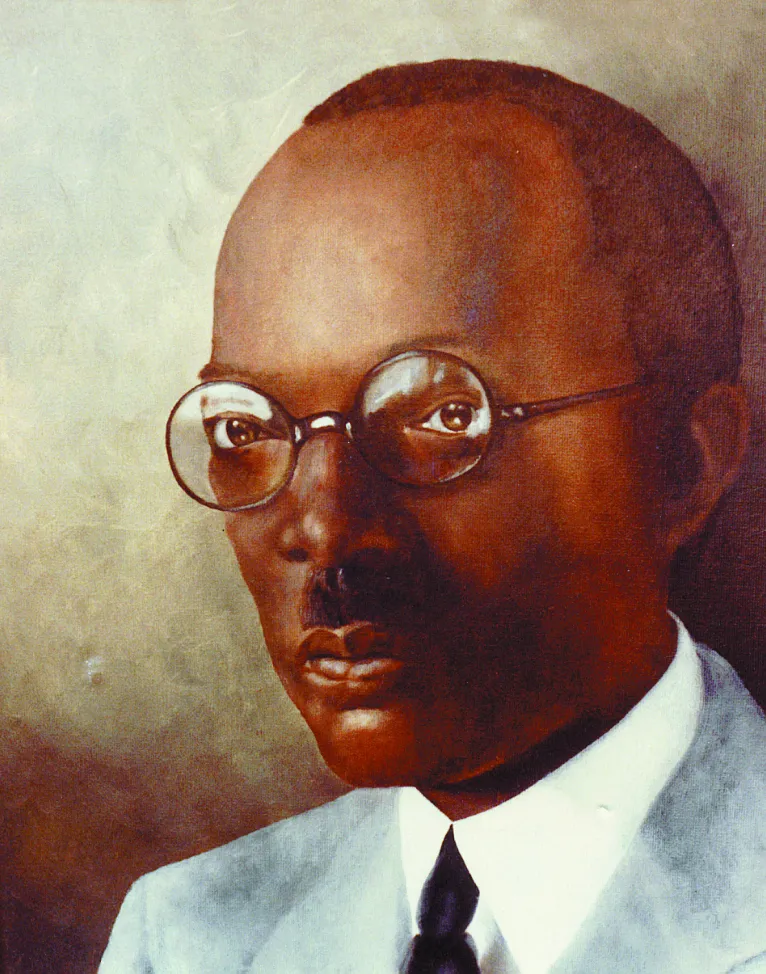
CHARLES HENRY CHAPMAN
1870-1934
Chapman entered higher education and eventually became Professor of Agriculture at what is now Florida A&M University. A university funeral was held with considerable fraternity participation when he became the first Jewel to enter Omega Chapter in 1934.
Described as “a brother beloved in the bonds,” Chapman was a founder of FAMU’s Beta Nu Chapter. During the organization stages of Alpha Chapter, he was the first chairman of the Committees on Initiation and Organization.
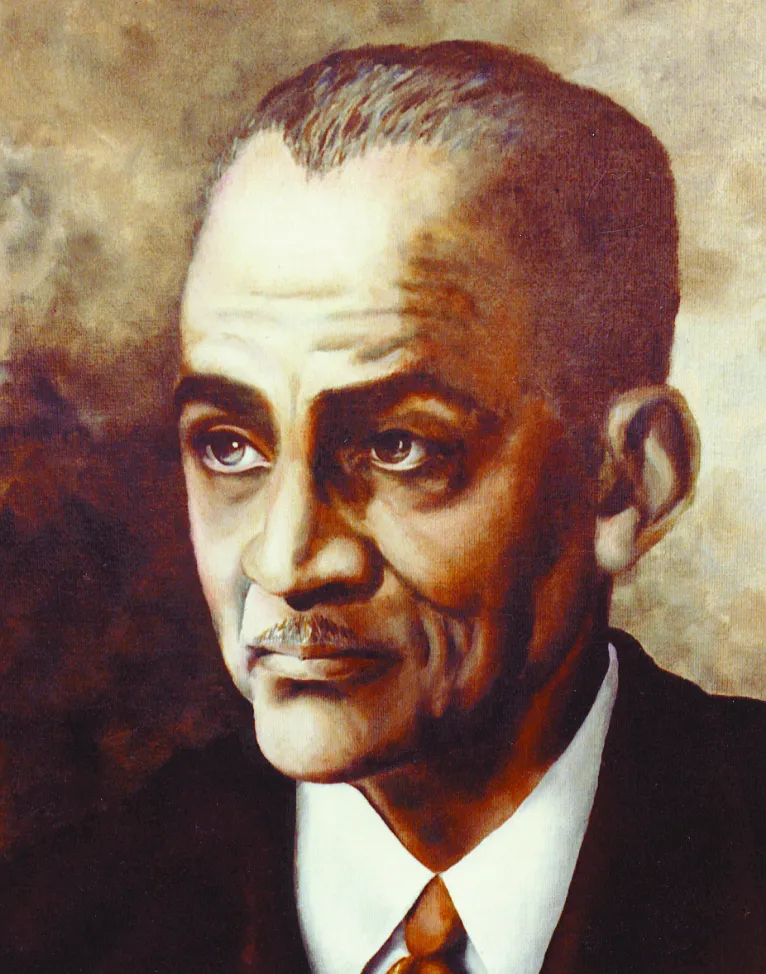
EUGENE KINCKLE JONES
1885-1954
Jones became the first executive secretary of the National Urban League. His 20-year tenure with the Urban League thus far has exceeded those of all his successors in office.
A versatile leader, he organized the first three fraternity chapters that branched out from Cornell—Beta at Howard, Gamma at Virginia Union University, and the original Delta at the University of Toronto in Canada.
In addition to becoming Alpha Chapter’s second president and joining with Callis in creating the fraternity name, Jones was a member of the first Committees on Constitution and Organization and helped write the fraternity ritual.
Jones also has the distinction of being one of the first initiates as well as an original founder. His status as a founder was not finally established until 1952.

GEORGE BIDDLE KELLEY
1884-1962
Kelley became the first African-American engineer registered in the state of New York. Not only was he the strongest proponent of the fraternity idea among the organization’s founders, the civil engineering student also became Alpha Chapter’s first president.
In addition, he served on committees that worked out the handshake and ritual. Kelley was popular with the brotherhood.
He resided in Troy, New York and was active with Beta Pi Lambda Chapter in Albany.
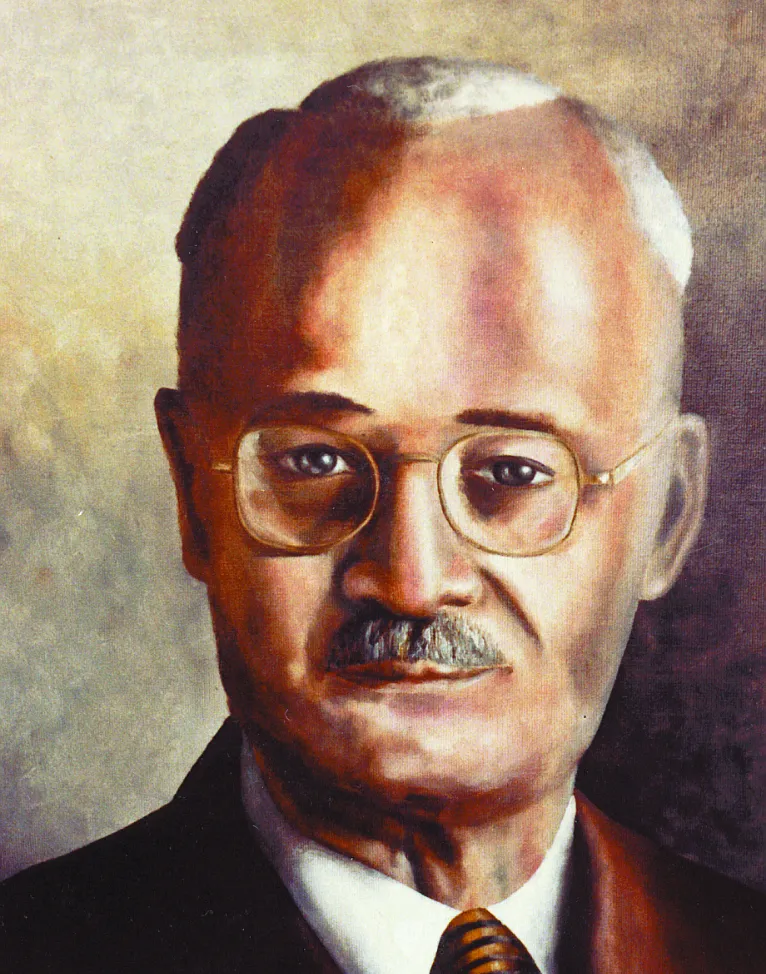
NATHANIEL ALLISON MURRAY
1884-1959
Murray pursued graduate work after completing his undergraduate studies at Howard. He later returned home to Washington, D.C., where he taught in public schools.
Much of his career was spent at Armstrong Vocational High School in the District of Columbia. He was a member of Alpha Chapter’s first committee on organization of the new fraternal group, as well as the Committee on the Grip.
While a charter member of Washington’s Mu Lambda Chapter, Murray was a frequent attendee of general conventions.
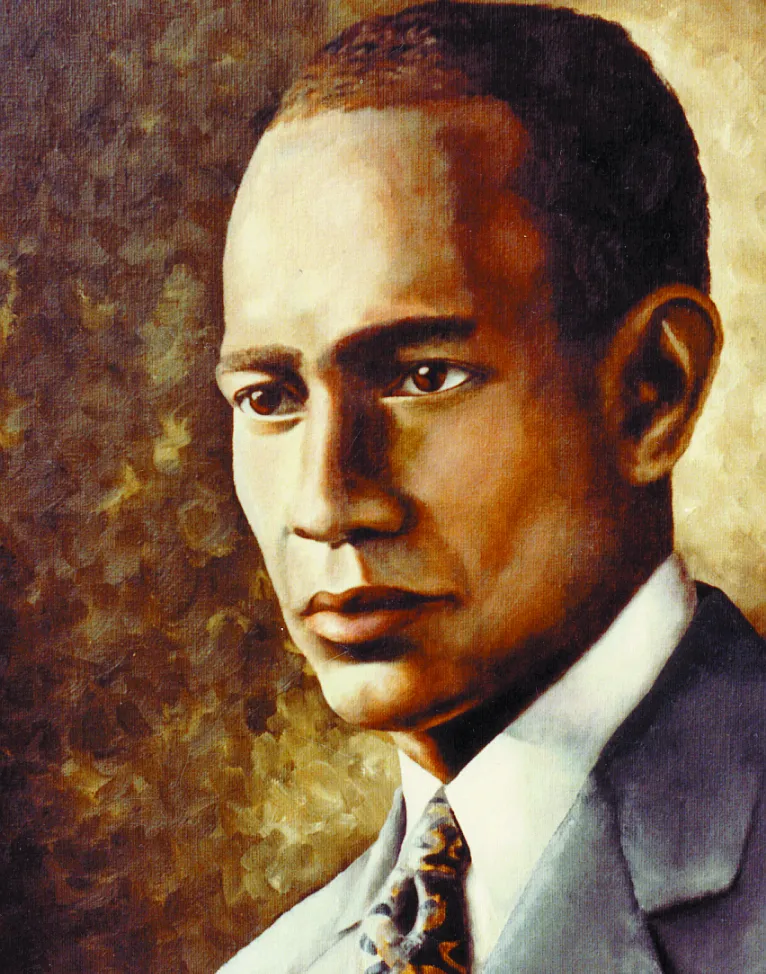
ROBERT HAROLD OGLE
1886-1936
Ogle entered the career secretarial field and had the unique privilege of serving as a professional staff member to the United States Senate Committee on Appropriations.
He was an African-American pioneer in his Capitol Hill position. He proposed the fraternity’s colors and was Alpha Chapter’s first secretary.
Ogle joined Kelley in working out the first ritual and later became a charter member of Washington’s Mu Lambda Chapter.
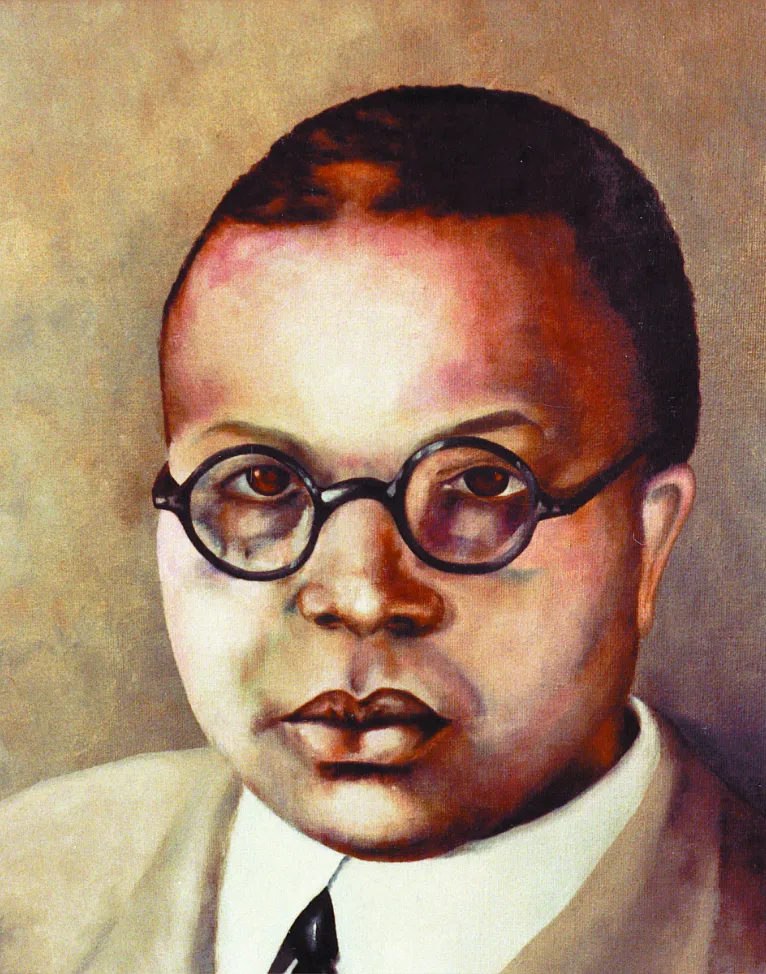
VERTNER WOODSONTANDY
1885-1949
Tandy became the state of New York’s first registered black architect, with offices on Broadway in New York City.
Tandy was the designer of the fraternity pin, and holds the distinction of being the first African American to pass the military commissioning examination, and was
commissioned first lieutenant in the 15th Infantry of the New York State National Guard.
He was Alpha Chapter’s first treasurer and took the initiative to incorporate the fraternity. Among the buildings designed by the highly talented architect is Saint Phillips Episcopal Church in New York City.
Omicron Lambda
About Us
Omicron Lambda got it’s beginning in the early 1920’s. Brothers in the area were concerned about the lack of an Alpha chapter, Alumni or College, in the area to foster the spirit of Alpha as it relates to scholarship, national programs and the promotion of partnership within the African American community. This concern went beyond the immediate need to start a chapter but as a group to improve educational opportunities and to further the political economic and social development of African American citizens in Birmingham.
At the Seventeenth Annual Convention held in New York City on December 27-31, 1924 new chapters of Alpha were authorized under the leadership of Brother Raymond W. Cannon who was elected General President. Growing out of the action of this convention, new chapters were added to the list of already growing fraternity units. One of the petitions presented at the previous convention came through the efforts of Brothers G.N. Adamson, George W. Reeves and A.D. Stone of Birmingham, Alabama. Brother Homer Cooper, General Treasurer, gave renewed inspiration to this group of Alpha men during his short visit to Birmingham after the convention.
During the month of January 1925 the Brothers of Birmingham began to finalize what will be known as the first Alumni chapter of Alpha Phi Alpha Fraternity in the State of Alabama. On February 14, 1925 by the authority of Brother Charles W. Green, Fourth Vice-President, the City of Birmingham and the State of Alabama will be forever changed due to the birth of the Omicron Lambda Chapter of Alpha Phi Alpha Fraternity, Incorporated. The following officers were elected:
Founding Members:
A. D. Stone – President
G. Norman Adamson – Vice President
George W. Reeves – Recording Secretary
U. S. Mason – Treasurer
W. J. Dowdell – Chaplain
Jackson C. Davis – Reporter to the Sphinx
C. N. Woods – Sergeant-At-Arms
M. G. McCall – Director of Educational Activities
Arthur D. Shores – Chapter Founding Member
OL Leadership
CHAPTER OFFICERS
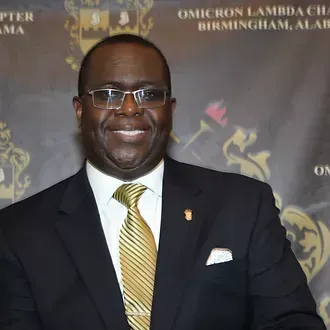
BRO. DARREN C. ALLEN
CHAPTER PRESIDENT
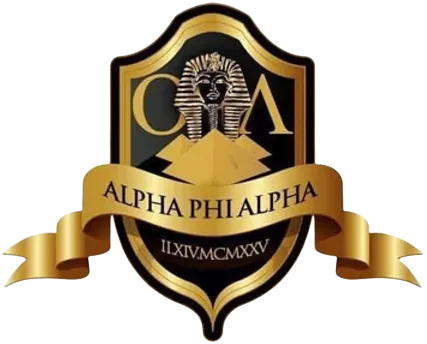
BRO. ANDREW L. CUNNINGHAM
CHAPTER VICE PRESIDENT

BRO. ED HARRIS
RECORDING SECRETARY

BRO. RYAN D. JACKSON
CORRESPONDING SECRETARY

BRO. KIMANI H. GEORGE
ASSOCIATE EDITOR-TO-THE-SPHINX
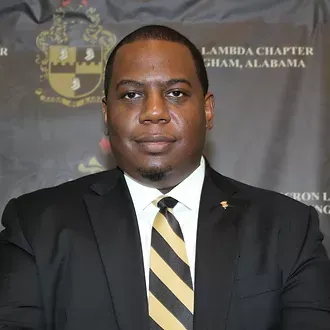
BRO. ROLLIN E. CLARK, JR.
TREASURER
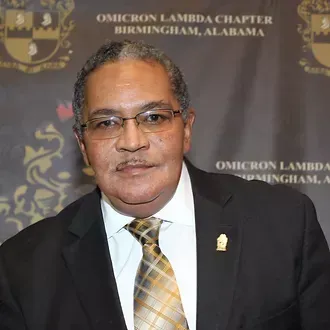
BRO. MITCHELL J.SMITH
FINANCIAL SECRETARY

BRO. PAUL S. SIMMONS
DIRECTOR OF EDUCATIONAL ACTIVITIES

BRO. DAVID MARSHALL
MEMBERSHIP INTAKE COORDINATOR

BRO. KELVIN E. LUSTER,
JR
PARLIAMENTARIAN
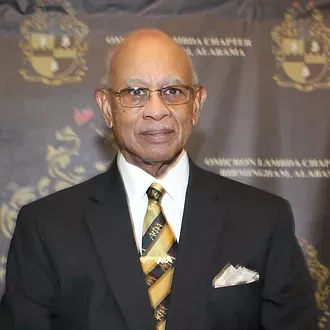
BRO. HEAGER HILL
SERGEANT-AT-ARMS
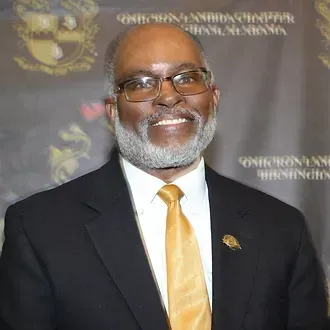
BRO. LEROY A. SIMMONS, JR.
HISTORIAN

BRO. TIMOTHY L. SANFORD
CHAPLAIN
COMMITTEE CHAIRS

BRO. LEROY A. SIMMONS, JR.
BOYS SCOUTS OF AMERICA [TROOP #495]

BRO. TOMMY L. DAVIS II
A VOTELESS PEOPLE IS A HOPELESS PEOPLE

BRO. TIMOTHY FOSTER
BRO. LEROY A. SIMMONS, JR.

BRO. LEROY A. SIMMONS, JR.
LEADER DEVELOPMENT

BRO. VICTOR SPENCER
CHAPTER ATTORNEY
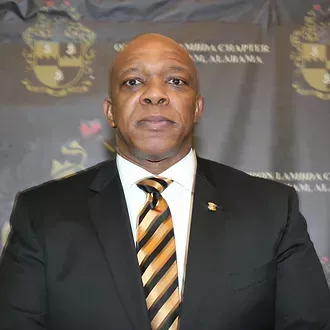
BRO. JERMAINE M. JOLLY
BIG BROTHER / BIG SISTER

BRO. KELVIN LUSTER
GO-TO-HIGH SCHOOL, GO-TO-COLLEGE
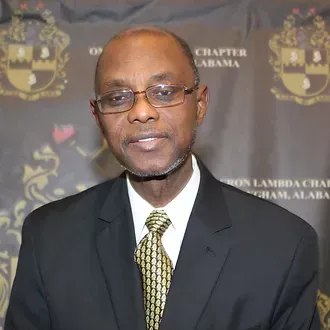
BRO. PAUL AMAMOO
HEALTH AWARENESS
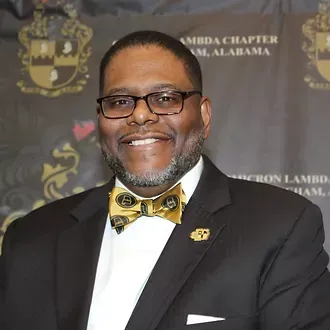
BRO. ANRE' FAUSH
BROTHERS' KEEPER

BRO. BRENCHARD
SACKEY
DIRECTOR OF COLLEGE BROTHER AFFAIRS GAMMA KAPPA CHAPTER, MILES COLLEGE

BRO. ANDREW L. CUNNINGHAM
DIRECTOR OF COLLEGE BROTHER AFFAIRS IOTA NU CHAPTER, UAB

BRO. CLEOPHUS WILLIAMS
COMMUNITY SERVICE
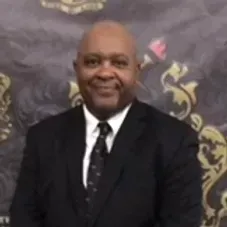
BRO. KENNETH LEE
HOUSING FOUNDATION
Omicron Lambda
About Us
Omicron Lambda got it’s beginning in the early 1920’s. Brothers in the area were concerned about the lack of an Alpha chapter, Alumni or College, in the area to foster the spirit of Alpha as it relates to scholarship, national programs and the promotion of partnership within the African American community. This concern went beyond the immediate need to start a chapter but as a group to improve educational opportunities and to further the political economic and social development of African American citizens in Birmingham.
At the Seventeenth Annual Convention held in New York City on December 27-31, 1924 new chapters of Alpha were authorized under the leadership of Brother Raymond W. Cannon who was elected General President. Growing out of the action of this convention, new chapters were added to the list of already growing fraternity units. One of the petitions presented at the previous convention came through the efforts of Brothers G.N. Adamson, George W. Reeves and A.D. Stone of Birmingham, Alabama. Brother Homer Cooper, General Treasurer, gave renewed inspiration to this group of Alpha men during his short visit to Birmingham after the convention.
During the month of January 1925 the Brothers of Birmingham began to finalize what will be known as the first Alumni chapter of Alpha Phi Alpha Fraternity in the State of Alabama. On February 14, 1925 by the authority of Brother Charles W. Green, Fourth Vice-President, the City of Birmingham and the State of Alabama will be forever changed due to the birth of the Omicron Lambda Chapter of Alpha Phi Alpha Fraternity, Incorporated. The following officers were elected:
Founding Members:
A. D. Stone – President
G. Norman Adamson – Vice President
George W. Reeves – Recording Secretary
U. S. Mason – Treasurer
W. J. Dowdell – Chaplain
Jackson C. Davis – Reporter to the Sphinx
C. N. Woods – Sergeant-At-Arms
M. G. McCall – Director of Educational Activities
Arthur D. Shores – Chapter Founding Member
OL Leadership
CHAPTER OFFICERS

BRO. DARREN C. ALLEN
CHAPTER PRESIDENT

BRO. ANDREW L. CUNNINGHAM
CHAPTER VICE PRESIDENT

BRO. ED HARRIS
RECORDING SECRETARY

BRO. RYAN D. JACKSON
CORRESPONDING SECRETARY

BRO. KIMANI H. GEORGE
ASSOCIATE EDITOR-TO-THE-SPHINX

BRO. ROLLIN E. CLARK, JR.
TREASURER

BRO. MITCHELL J.SMITH
FINANCIAL SECRETARY

BRO. PAUL S. SIMMONS
DIRECTOR OF EDUCATIONAL ACTIVITIES

BRO. DAVID MARSHALL
MEMBERSHIP INTAKE COORDINATOR

BRO. KELVIN E. LUSTER,JR
PARLIAMENTARIAN

BRO. HEAGER HILL
SERGEANT-AT-ARMS

BRO. LEROY A. SIMMONS, JR.
HISTORIAN

BRO. TIMOTHY L. SANFORD
CHAPLAIN
COMMITTEE CHAIRS

BRO. LEROY A. SIMMONS, JR.
BOYS SCOUTS OF AMERICA [TROOP #495]

BRO. TOMMY L. DAVIS II
A VOTELESS PEOPLE IS A HOPELESS PEOPLE

BRO. TIMOTHY FOSTER
BRO. LEROY A. SIMMONS, JR.

BRO. LEROY A. SIMMONS, JR.
LEADER DEVELOPMENT

BRO. VICTOR SPENCER
CHAPTER ATTORNEY

BRO. JERMAINE M. JOLLY
BIG BROTHER / BIG SISTER

BRO. KELVIN LUSTER
GO-TO-HIGH SCHOOL, GO-TO-COLLEGE

BRO. PAUL AMAMOO
HEALTH AWARENESS

BRO. ANRE' FAUSH
BROTHERS' KEEPER

BRO. BRENCHARD
SACKEY
DIRECTOR OF COLLEGE BROTHER AFFAIRS GAMMA KAPPA CHAPTER, MILES COLLEGE

BRO. ANDREW L. CUNNINGHAM
DIRECTOR OF COLLEGE BROTHER AFFAIRS IOTA NU CHAPTER, UAB

BRO. CLEOPHUS WILLIAMS
COMMUNITY SERVICE

BRO. KENNETH LEE
HOUSING FOUNDATION
Copyright © 2026 Omicron Lambda Chapter of Alpha Phi Alpha Fraternity Inc. All Rights Reserved. Powered by CLR Solutions

